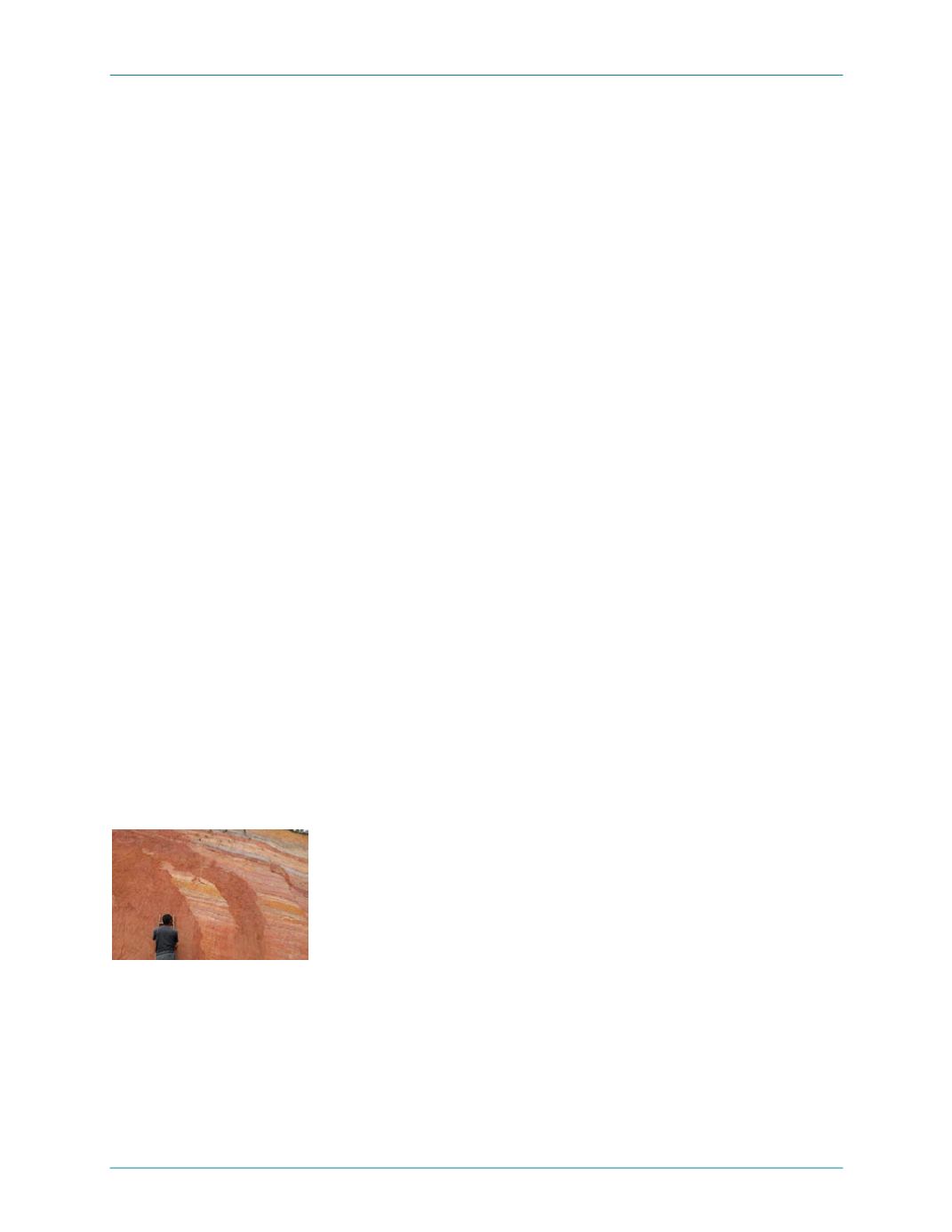
Summary
About half of the aquatic sites surveyed in the mine area were natural
and largely undisturbed. However, within the Torotorofotsy Wetlands
aquatic habitats generally had significant disturbance and loss of natural
ecosystem function. Fifteen fish species were collected from the mine
area, of which three were endemic, eight introduced and four native
(natural to Madagascar but also found elsewhere). A fourth endemic, a
new species of Malagasy rainbowfish (
Rheoclès
“
Ambatovy
”), may also
be present. Two fish species were IUCN listed. A total of 70 aquatic
macro-invertebrate taxa were recorded in the mine area. In contrast to
the fish fauna, both diversity and abundances of the macro-invertebrate
fauna were high. The ephemeral ponds were fishless, but contained a
unique assemblage and diversity of macro-invertebrates and plankton.
The above summary shows the high level of biodiversity in the mine
area, across a wide range of taxa. A large number of species present
are also of conservation concern, as judged by IUCN (54 species) and
CITES (104 species). Within the mine area the azonal habitat scored
the highest for most biodiversity measures, particularly for number of
species, habitat rarity and numbers of locally endemic species.
Torotorofotsy Wetlands are the largest and most intact natural marsh in
eastern Madagascar and are now a Ramsar site (wetlands of
international importance). The proposed Ankeniheny–Zahamena
Conservation area is also located east of the mine. The Corridor is in
the process of being defined as a Conservation Site by the Government
of Madagascar, with input from other interested parties.
Regional
conservation
planning
Project Description
Mining is planned for the first 20 years of operation and stockpiled low
grade ore would subsequently be reclaimed and processed over an
additional seven years. The total area to be mined progressively over
the 20 year period is about 17 km
2
.
The ore bodies are up to 100 m thick and within several metres of the
surface, allowing extraction by the shovel and truck method, which is
flexible and economic for ore bodies of this type. The ore would be
screened to obtain material of the size needed for mixing with water to
make a slurry. The slurry would be sent by pipeline to the coast for
processing. In addition to screening and mixing facilities, there would be
offices, workshops and accommodation facilities at the mine site.
Ore body exposure
The access road to the mine site from Ampitambe will be upgraded.
Mine site activities would require transport of supplies from Toamasina
and Antananarivo. Following mitigation, increased risks to the public and
the environment of natural hazards, such as flooding, as a result of the
mine, are estimated to be low and within international standards.
January 2006
Ambatovy Project — 9


